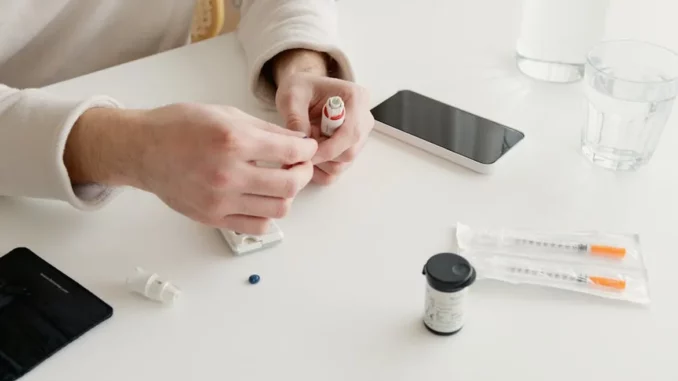
In the bustling heart of Dublin, as the winter air began to cool the city streets, I was granted the privilege of engaging in a conversation with Dr. Emily Harrington, a distinguished analyst in the realm of medical devices. Dr. Harrington, affiliated with an eminent consulting firm, had just emerged from an in-depth analysis of the latest “Medical Devices Industry: Competitive Landscape” report, newly offered by ResearchAndMarkets.com. The report forecasts the industry’s ascent to an extraordinary valuation of USD 1.29 trillion by 2029. Our dialogue was not only enlightening but also vividly illustrated the dynamic transformations occurring within this vital sector.
Dr. Harrington’s enthusiasm was palpable as she commenced our discussion. “The report is an exhaustive examination of the medical devices market’s trajectory,” she remarked. “It offers an extensive analysis, covering everything from imaging systems to advanced surgical instruments.” Among the key revelations, she highlighted the market’s anticipated growth, set to achieve a compound annual growth rate (CAGR) of 9.8%. “This expansion is propelled by multiple factors,” she elaborated. “Foremost among them are technological breakthroughs, with innovations in telemedicine and wearable health devices leading the way. These aren’t mere buzzwords; they’re reshaping patient care by enhancing accessibility and efficiency.”
A focal point of our conversation was the regulatory landscape, a topic Dr. Harrington found particularly compelling. “Grasping the regulatory framework is essential for any entity within this field,” she emphasised. The report meticulously examines recent regulations across major regions, including the United States, Europe, and Japan. “These regulations can act as either catalysts for innovation or formidable obstacles, contingent upon their navigation,” she explained.
As our discussion deepened, the theme of sustainability emerged. “Sustainability has shifted from being a peripheral concern to occupying a central role in business strategies,” Dr. Harrington observed. The report provides a comprehensive overview of sustainability trends and ESG (Environmental, Social, and Governance) developments, underscoring the evolving consumer attitudes towards sustainable practices. “It’s intriguing to witness how companies are integrating ESG scores into their operational strategies,” she noted.
Our dialogue naturally transitioned to the competitive landscape detailed in the report. “The analysis of market share and the ranking of major players is invaluable,” Dr. Harrington commented. “It delineates the leading companies and their market standings. Organisations such as Medtronic, Abbott, and Siemens Healthineers are not merely surviving but are prospering by continually adapting to the market’s demands.” She also underscored the significance of strategic alliances and mergers and acquisitions (M&A), extensively explored in the report. “These strategies are vital for growth and expansion, enabling companies to leverage each other’s strengths and mitigate risks.”
The conversation inevitably touched upon the challenges confronting the industry, particularly the risks associated with cybersecurity. “With the surge in digital health solutions, cybersecurity has emerged as a paramount concern,” she noted. “The report adeptly addresses these challenges and proposes strategies to mitigate them.” Dr. Harrington also shared her perspective on the future opportunities identified in the report, highlighting the burgeoning healthcare infrastructure in developing economies. “As these markets evolve, they present vast potential for medical device companies ready to invest and innovate,” she remarked.
As our engaging discussion drew to a close, it became evident that the “Medical Devices Industry: Competitive Landscape” report serves as more than a mere compilation of data and projections. It stands as a roadmap for stakeholders in the medical devices sector, offering profound insights into technological advancements, regulatory shifts, and strategic opportunities. Dr. Harrington’s insights illuminated how the industry is not only expanding but is also transforming in ways that promise to enhance global healthcare delivery.
Reflecting on our conversation, I was imbued with a sense of optimism. The medical devices sector, with its fusion of cutting-edge technology and strategic foresight, is poised for significant advancements in the coming years. It is an industry that continues to evolve, driven by innovation and a steadfast commitment to improving lives.


Be the first to comment